Bendigo Field Naturalists Rod and Jan Orr told me of an unusual observation they made on Railway Dam Track just out of Chewton. They found a Box Mistletoe with yellow flowers rather than the usual bright red.
It’s easy to find – from the Pyrenees Highway at Chewton turn south into Railway Dam Track and the mistletoe is a big clump growing on a small Yellow Box tree on the right hand side of track before the track goes over the railway bridge. There are plenty of flowers right at eye level for easy photography.
Box Mistletoe (Amyema miquelii) is classified as a hemi-parasite. It has green leaves so makes some of its its own food, but has no roots so relies on the tree’s vascular system for water. Box Mistletoe is an important local native plant because its leaves provide food for larvae of moths and butterflies, the flowers provides nectar for many creatures, and its sweet fruits are a favourite food of mine and the Mistletoebird.
Frances Cincotta
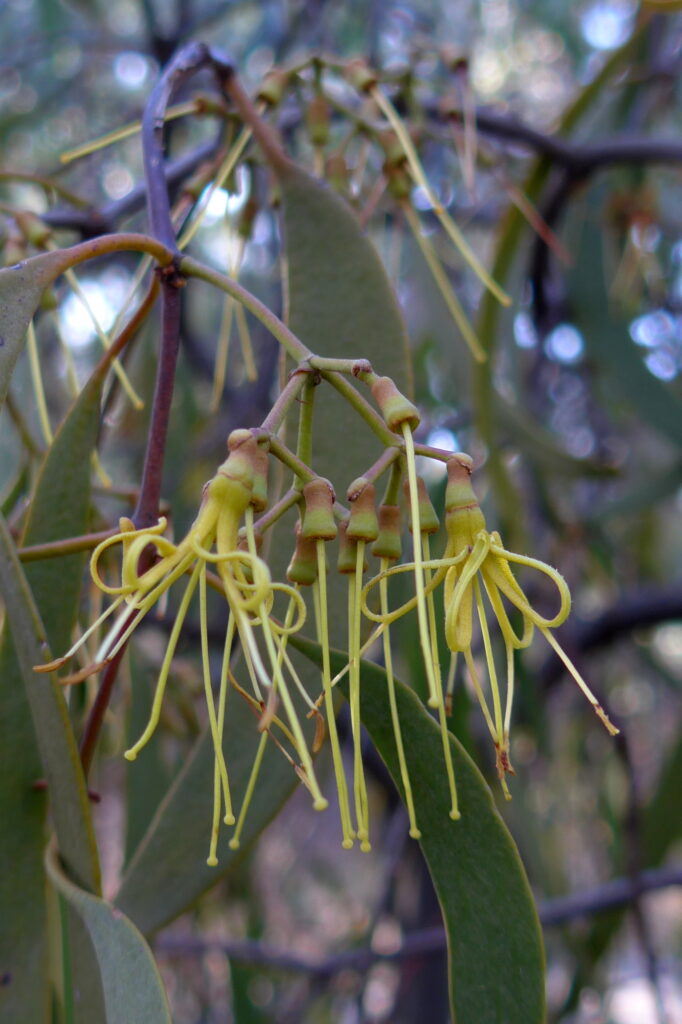
Yellow-flowered Box Mistletoe near Chewton 21 Feb 2021
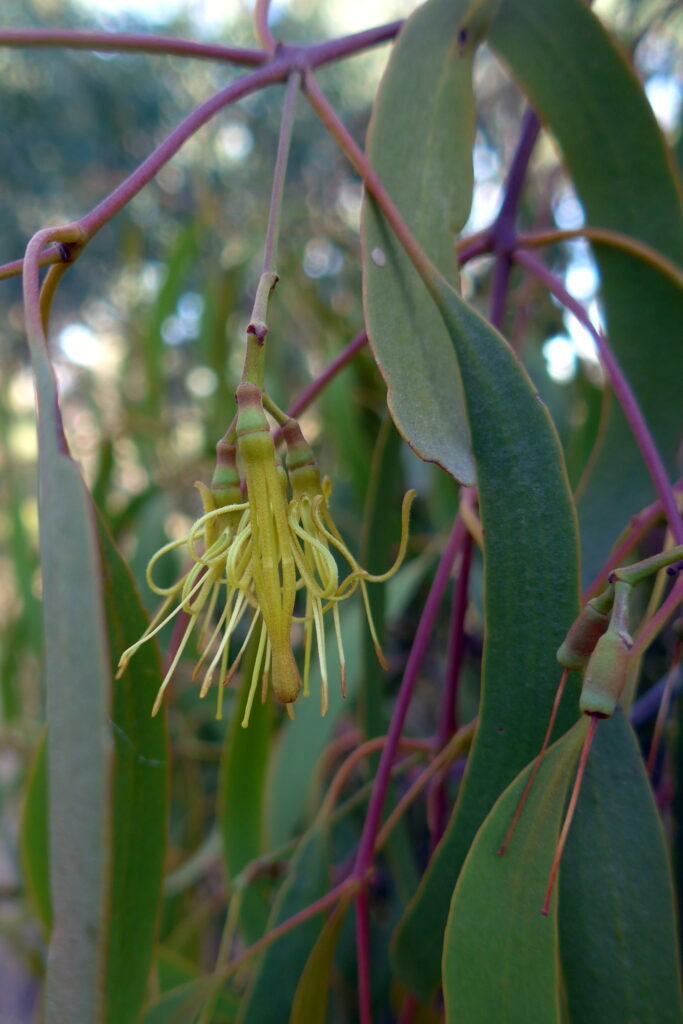
Left: Yellow flowers opening; Right: unripe fruit of Box Mistletoe

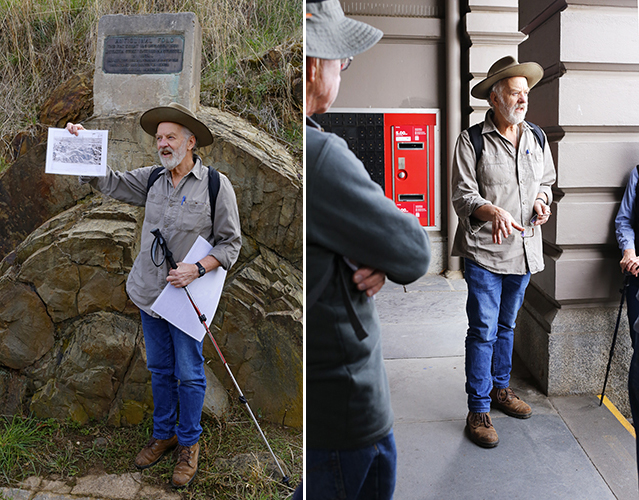
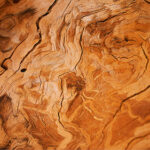
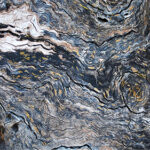
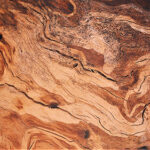
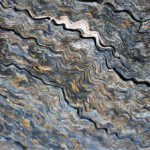
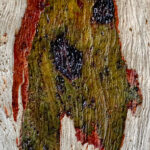
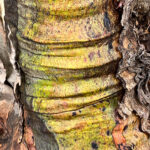
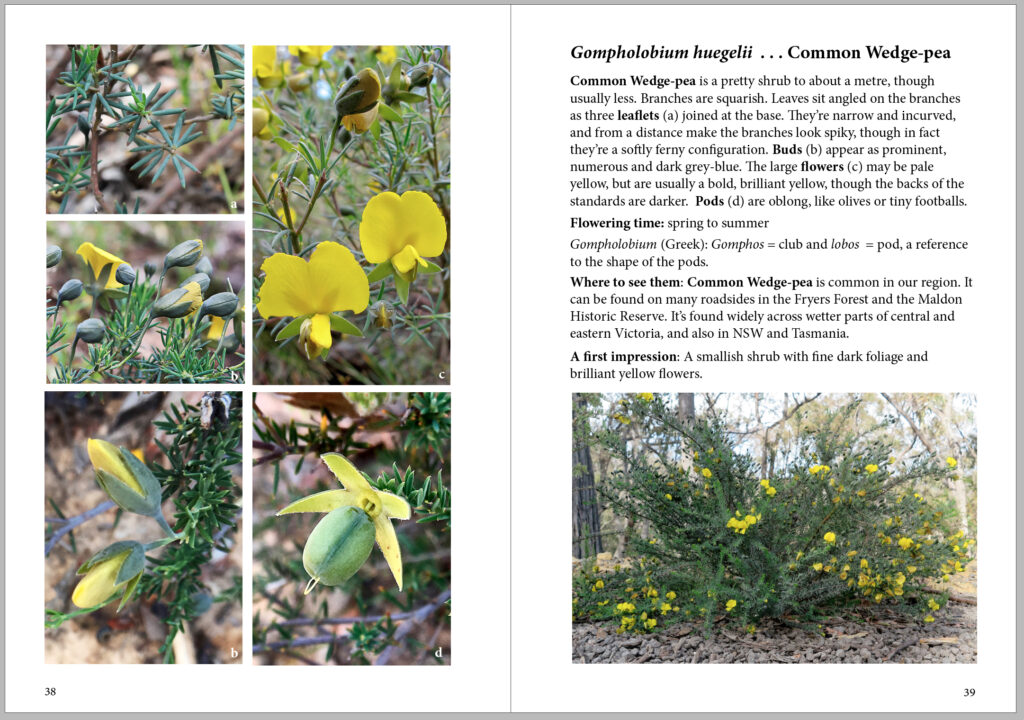
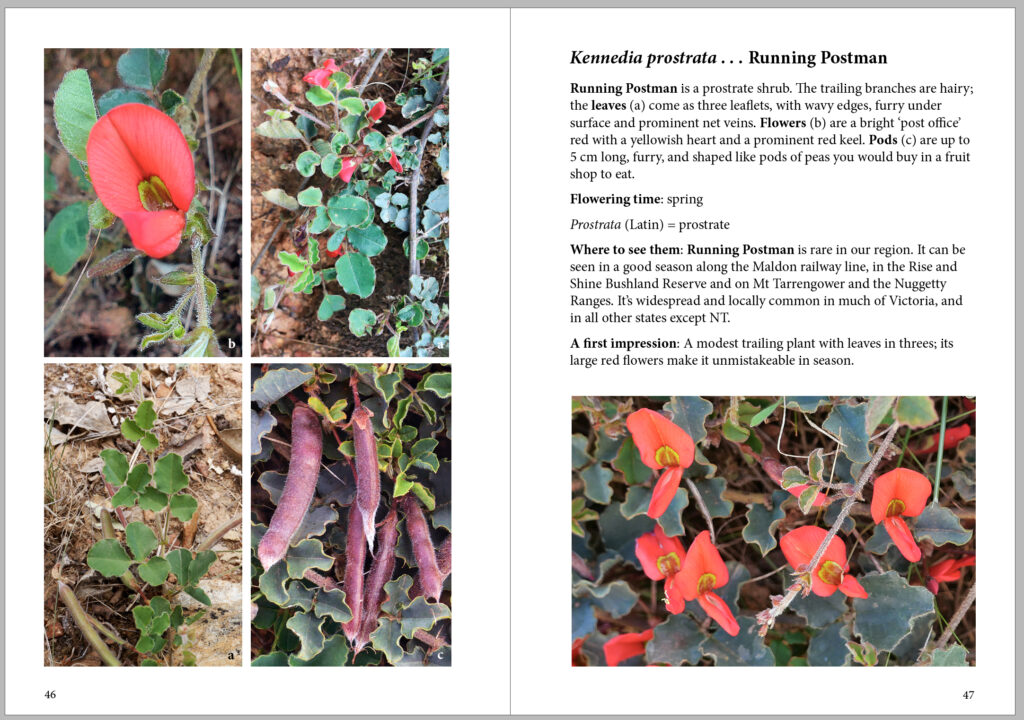
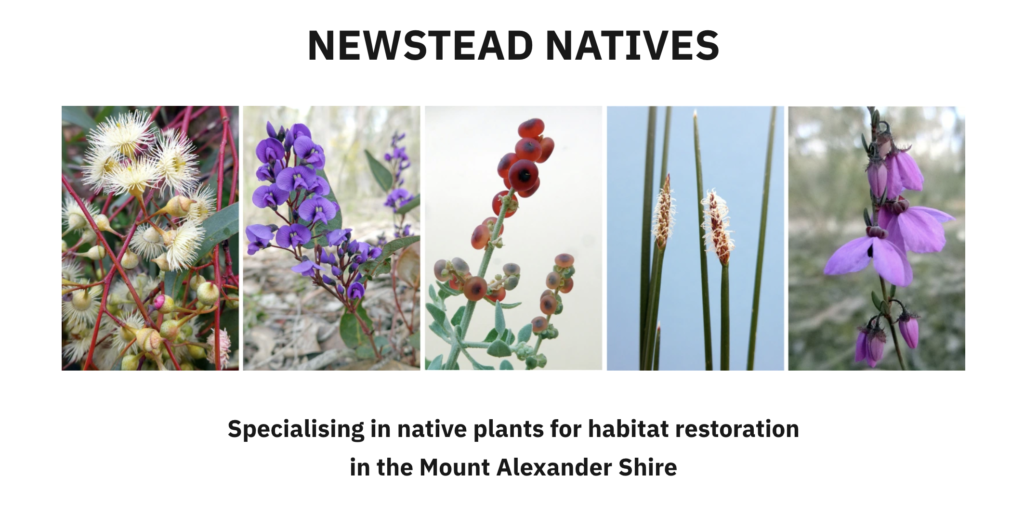
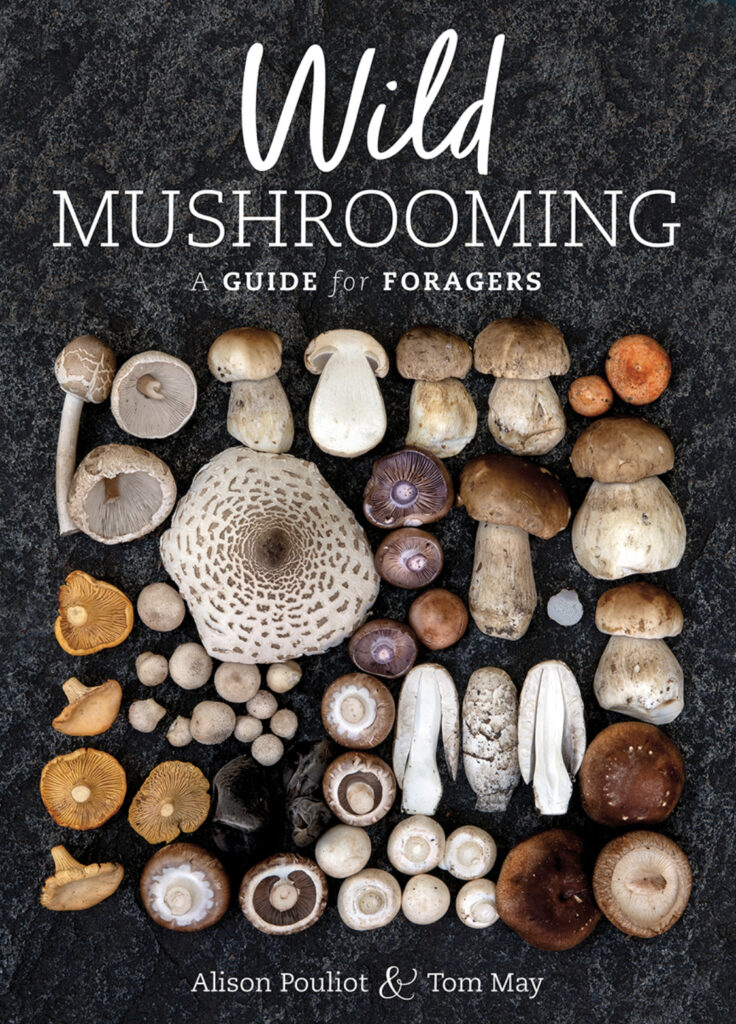 Have you ever wondered if those mushroom you have collected are safe to eat? Alison Pouliot and Tom May will answer all your queries about edible and toxic mushrooms in their new book, Wild Mushrooming; A Guide for Foragers, published by the CSIRO.
Have you ever wondered if those mushroom you have collected are safe to eat? Alison Pouliot and Tom May will answer all your queries about edible and toxic mushrooms in their new book, Wild Mushrooming; A Guide for Foragers, published by the CSIRO.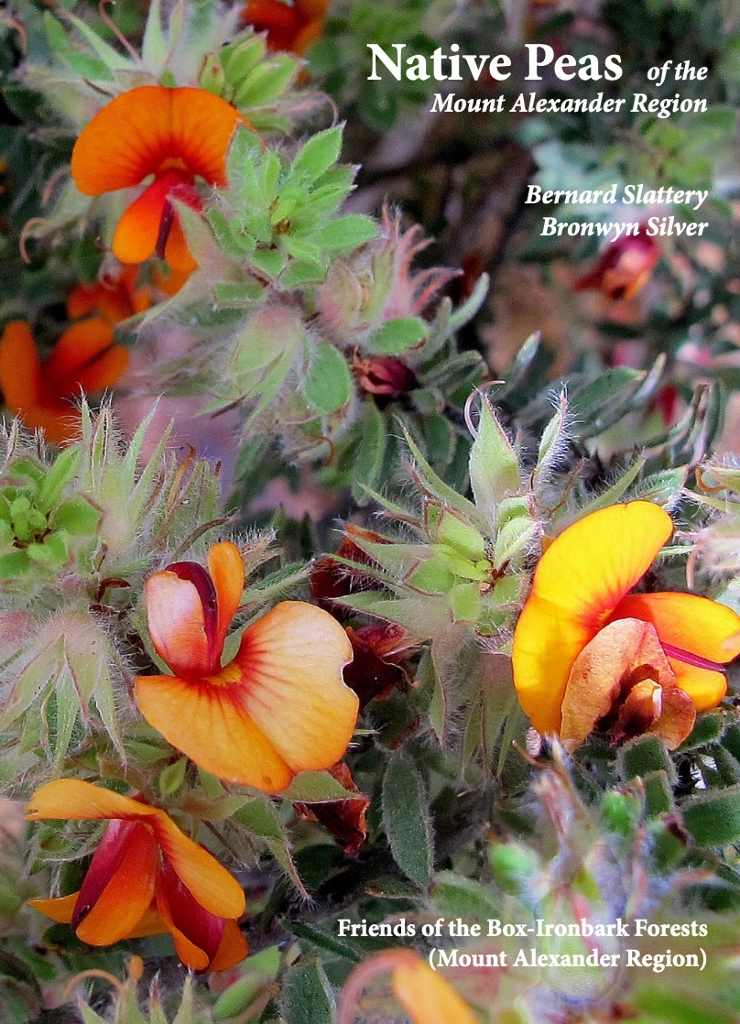
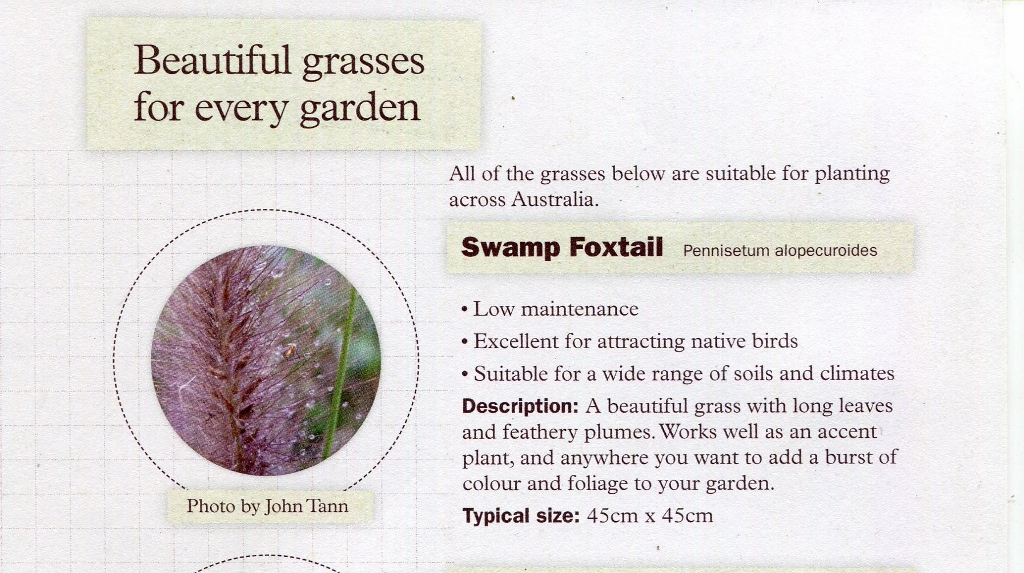



 Click on image for info/order page
Click on image for info/order page Click on image for info/order page
Click on image for info/order page Click on image for info/order page
Click on image for info/order page




















